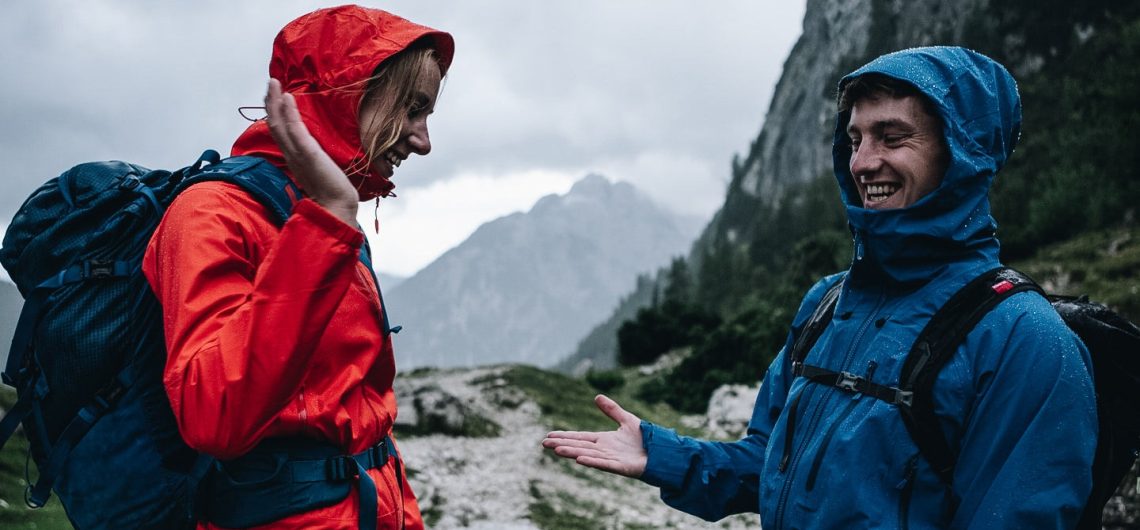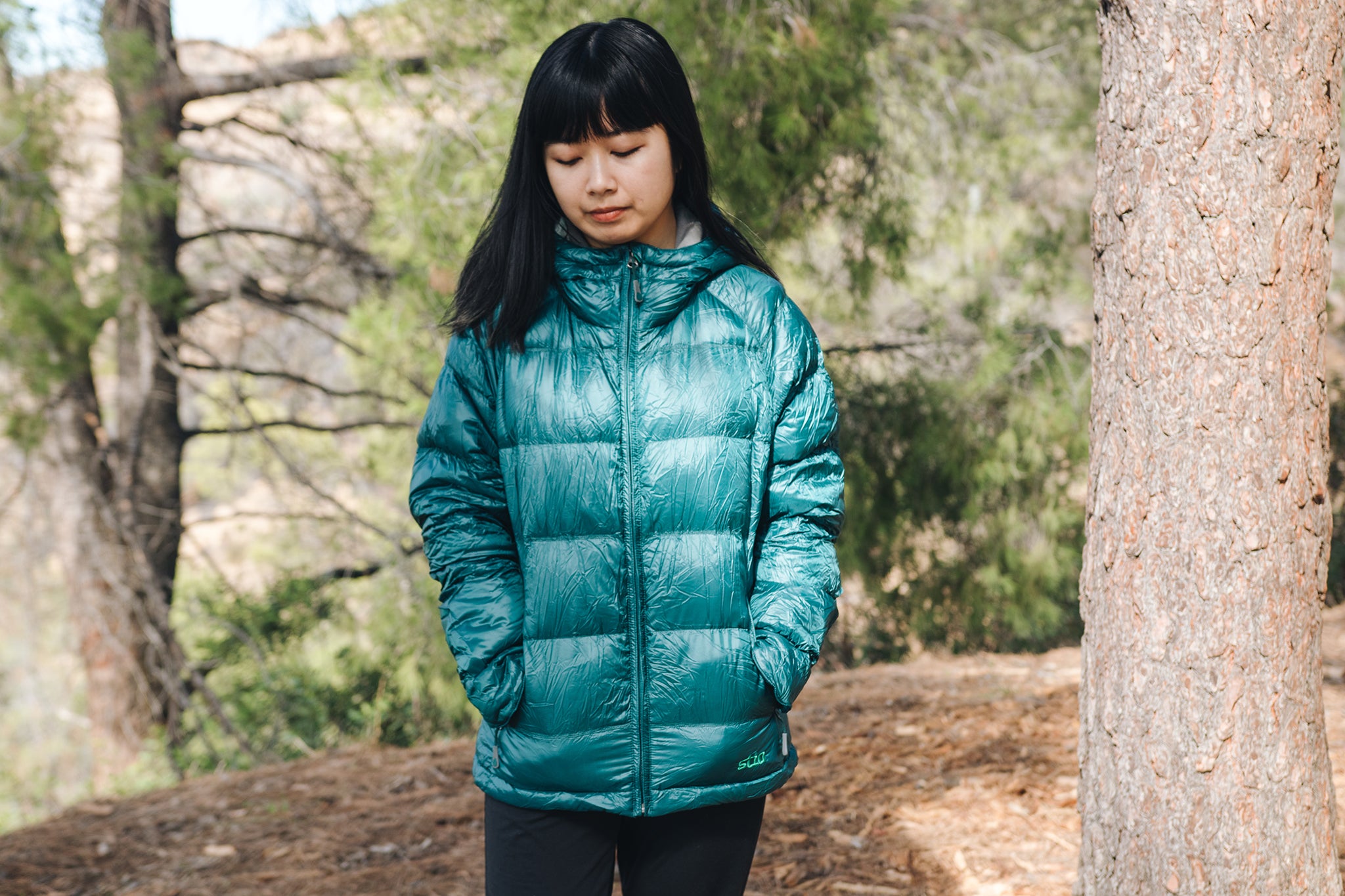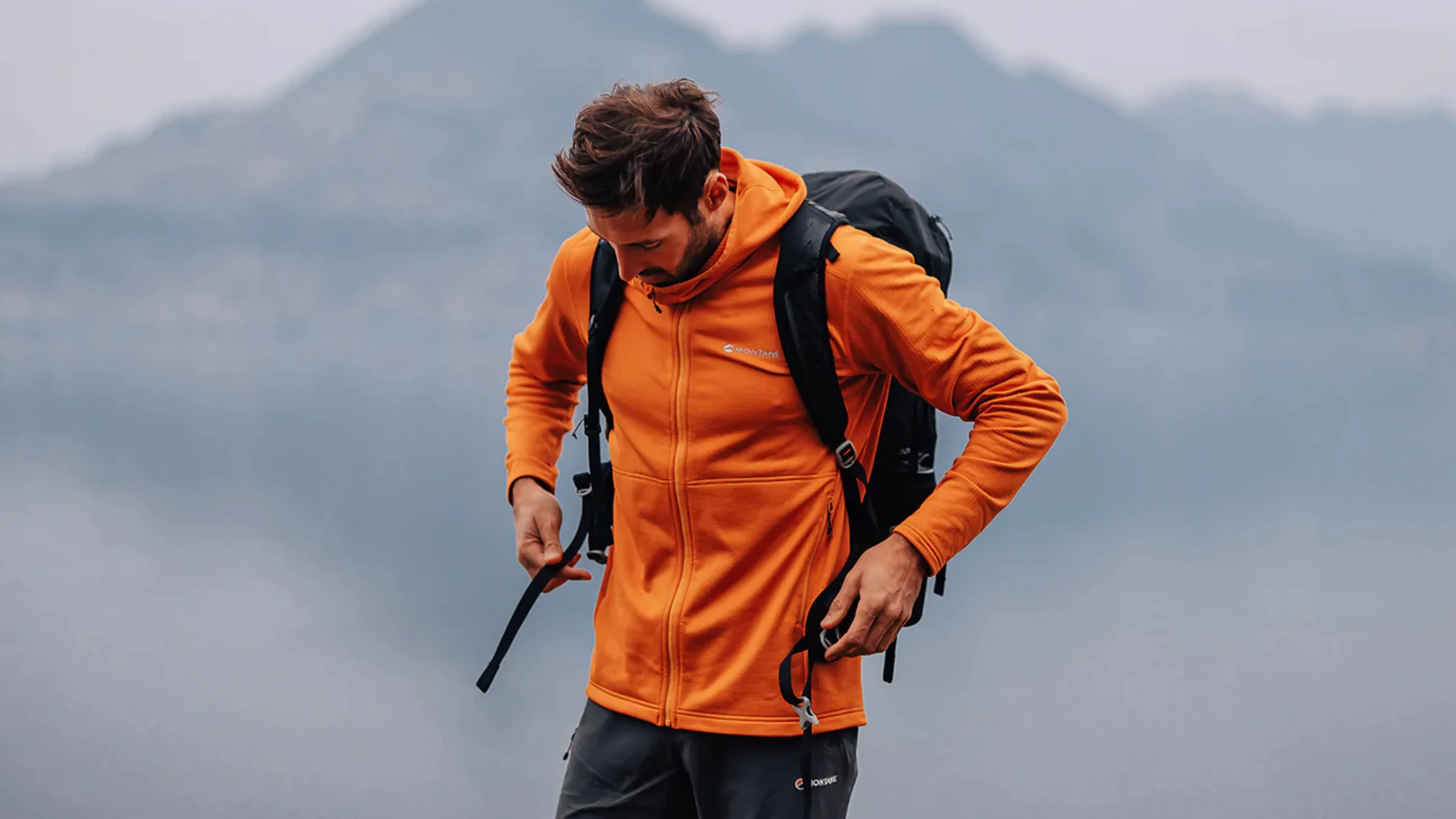As a seasoned mountain climber for the East African Mountains like Mount Kenya and Kilimanjaro, an idea just popped and I just felt the need to talk about the trio of jackets, you should not afford to miss when climbing Mount Kilimanjaro. Climbing Kilimanjaro demands the right gear to keep you warm, dry, and protected from the elements. Among the most crucial items are the three key jackets that form the core of your layering system, ensuring you’re prepared for the rapidly changing weather at high altitudes. These include a waterproof jacket, insulated jacket, and a softshell or fleece jacket. Each jacket plays a distinct role in shielding you from the rain, wind, and cold as you make your way to the summit.
When you’re gearing up to tackle Mount Kilimanjaro, the highest peak in Africa, understanding what to wear is as crucial as any physical or mental preparation. The mountain’s varied climate zones, from tropical to arctic, demand a strategic approach to clothing, particularly when it comes to jackets. Here, we keenly take an insight look into the three indispensable types of jackets you’ll need to ensure your summit attempt is safe, comfortable, and successful.
1. The Waterproof Jacket: Your Shield Against the Elements
A waterproof jacket is essential for protecting you from rain, snow, and wind, keeping you dry and comfortable in the unpredictable weather conditions on Kilimanjaro. It also doubles as a windbreaker, making it a versatile outer layer to carry in your daypack.
 Waterproof Jacket (Rain Jacket, Hard Shell)
Waterproof Jacket (Rain Jacket, Hard Shell)
Why It’s Essential: Imagine climbing towards the Uhuru Peak, and suddenly, you’re caught in a downpour or a snowstorm. This is where the waterproof jacket, often called a rain jacket or hard shell, comes into play. Its primary function is to keep you dry, which is vital for avoiding hypothermia, a real risk when you’re wet at high altitudes.
Features to Look For:
- 100% Waterproof: Not just water-resistant, but capable of withstanding heavy rain or snow.
- Breathability: Look for jackets with high breathability ratings. This means they allow sweat vapor to escape, preventing you from getting wet from the inside out. Technologies like Gore-Tex are renowned for this.
- Windproof: Since it doubles as a windbreaker, ensure it blocks wind effectively to maintain your core temperature.
Usage Tips: Keep this jacket accessible in your daypack. You’ll layer it over your other jackets when the weather turns or during cold winds. It’s not just for rain; it’s for any time the wind picks up or during rest breaks to retain heat.
2. The Insulated Jacket: Your Warmth in the Cold
Designed to trap body heat, an insulated jacket provides critical warmth, especially for summit night when temperatures drop drastically. It’s lightweight but highly effective, making it a must-have for cold evenings and the final ascent to the peak.
 Insulated Jacket (Down Jacket, Puffy/Puffer Jacket)
Insulated Jacket (Down Jacket, Puffy/Puffer Jacket)
Why It’s Essential: As you ascend, the temperature drops. An insulated jacket, whether it’s a down jacket or a synthetic puffy, traps your body heat, creating a warm microclimate around you. Down jackets are favored for their exceptional warmth-to-weight ratio, while synthetic options are better when wet conditions are expected.
Features to Look For:
- High Fill Power: For down jackets, higher fill power means more warmth for less weight.
- Synthetic Insulation: If you’re worried about the jacket getting wet, or if you’re climbing in a humid season, opt for synthetic fill which retains some insulating properties when damp.
- Packability: Since you’ll carry other gear, a jacket that compresses well into its own pocket or a stuff sack is ideal.
Usage Tips: This jacket typically stays in your duffel bag during the day but becomes invaluable at night or during the summit push. It’s not just for wearing; laying it over your sleeping bag can add warmth during those frigid nights at higher camps.
3. The Soft Jacket/Fleece: Versatility for Variable Conditions
For everyday trekking in cooler but mild conditions, a softshell or fleece jacket offers light insulation and some protection from wind and light precipitation. It keeps you warm without overheating, making it ideal for active wear during most of your trek.
 Soft Jacket (Fleece, Soft Shell Jacket)
Soft Jacket (Fleece, Soft Shell Jacket)
Why It’s Essential: This is your everyday jacket for the trek. Whether it’s a fleece or a soft shell, this layer provides enough warmth for the milder temperatures you’ll encounter during the day without causing overheating. It’s less about extreme weather protection and more about comfort and breathability while hiking.
Features to Look For:
- Insulation: A good fleece will provide warmth; look for one with a grid or waffle pattern for better breathability.
- Wind Resistance: If choosing a soft shell, some level of wind resistance can be beneficial, although remember, you have your waterproof for serious wind.
- Flexibility and Stretch: This allows for freedom of movement, crucial when you’re navigating rough terrains.
Usage Tips: This jacket might be worn most of the time during your ascent, except in extreme cold or when it’s raining. It’s perfect for layering under your waterproof jacket or over a base layer when you need a bit more warmth but not the bulk of your insulated jacket.
Layering: The Art of Staying Comfortable
Each of these jackets has a role in the layering system:
- Base Layer: Wicks away sweat.
- Soft Jacket: For insulation during activity.
- Insulated Jacket: For stationary warmth or extreme cold.
- Waterproof Jacket: The outer shield against all weather elements.
The Trio of Jackets Important for Kilimanjaro
Climbing Kilimanjaro is not just about physical endurance but also about being prepared for its unpredictable weather. Investing in these three types of jackets will not only enhance your comfort but significantly increase your safety and chances of reaching the summit. Remember, each climber’s experience can differ, so while these jackets are crucial, always personalize your gear based on your body’s responses to cold and exertion.
By equipping yourself with a waterproof jacket for dryness, an insulated jacket for warmth, and a soft jacket for daily comfort, you’re setting the foundation for a successful and enjoyable trek up one of the world’s most iconic mountains.
- Choosing the best rain jacket for climbing Kilimanjaro
- Rain Pants and Rain Jackets, the must-have rain gear from climbing Kilimanjaro, Mount Kenya, Mount Meru and Rwenzori
- Choosing the best down jacket for climbing Kilimanjaro
- Top 5 best down jacket brands for climbing Mount Kilimanjaro, Mount Kenya, Mount Meru, Rwenzori
- Best Sport Bras for hiking Kilimanjaro
![]()





Comments